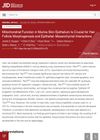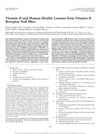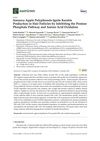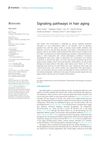Epithelial Loss of Mitochondrial Oxidative Phosphorylation Leads to Disturbed Enamel and Impaired Dentin Matrix Formation in Postnatal Developed Mouse Incisor
December 2020
in “
Scientific reports
”
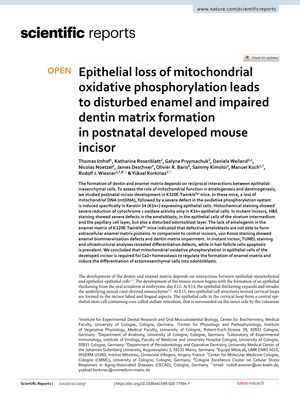
TLDR Mitochondrial problems in tooth cells lead to bad enamel and dentin development in mice.
In the study of postnatal incisor development in K320E-Twinkle Epi mice, researchers found that a loss of mitochondrial DNA (mtDNA) in Keratin 14 (K14+) expressing epithelial cells led to a severe defect in the oxidative phosphorylation system. This defect resulted in significant abnormalities in the formation of enamel and dentin matrices. The affected mice displayed severe defects in ameloblasts and other epithelial cells, as well as a disturbed odontoblast layer. The absence of amelogenin in the enamel matrix suggested that the defective ameloblasts were unable to form the necessary extracellular enamel matrix proteins. Additionally, the study revealed enamel biomineralization defects and dentin matrix impairment when compared to control incisors. The researchers concluded that mitochondrial oxidative phosphorylation in epithelial cells is essential for maintaining Ca2+ homeostasis, which is crucial for the formation of the enamel matrix and the differentiation of ectomesenchymal cells into odontoblasts.
